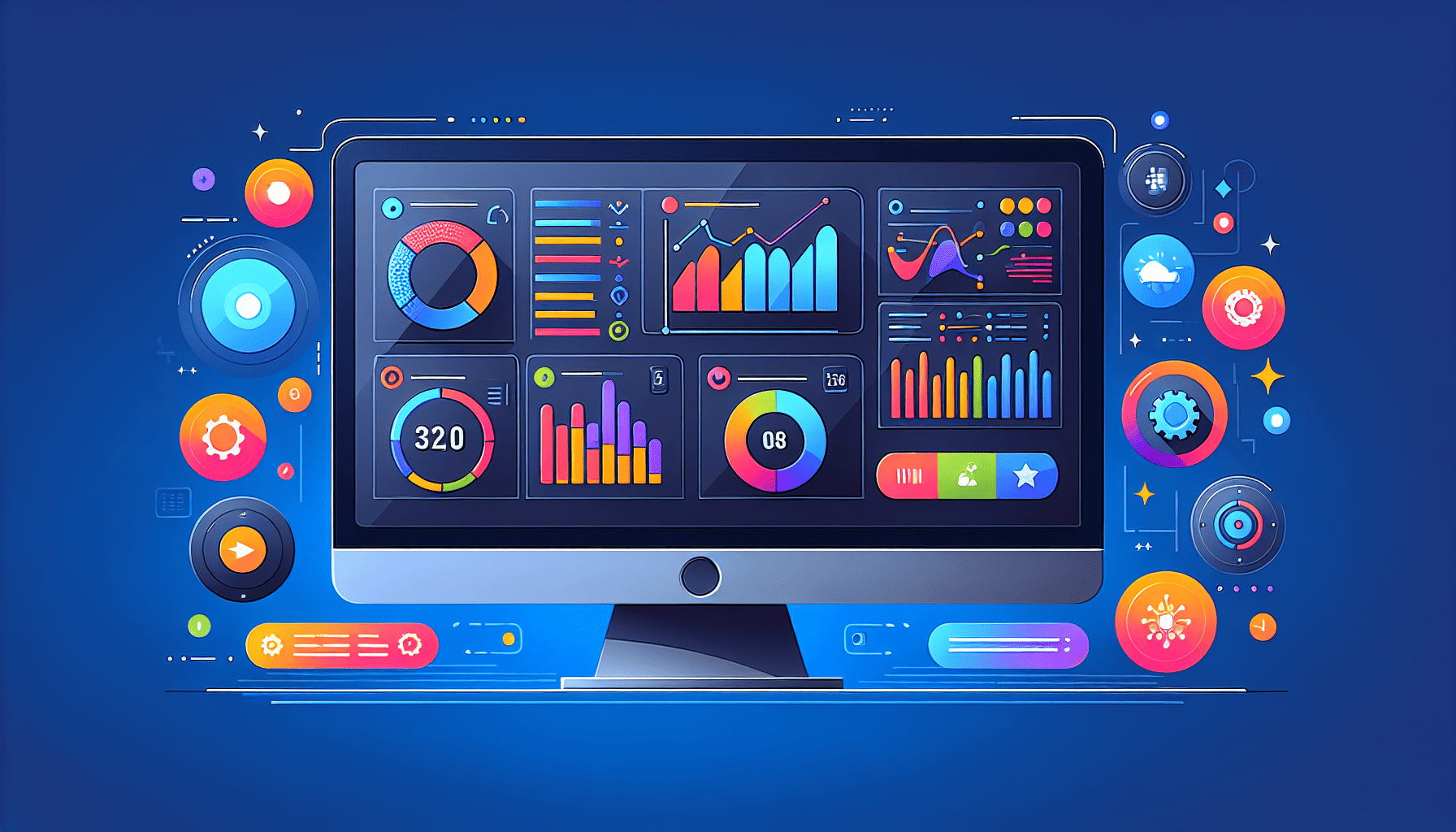When it comes to navigating complex assessments and ensuring thorough checks, having a seamless and straightforward interface can make all the difference. The key to enhancing user experience lies in simplifying this process, allowing individuals to focus on the task at hand with minimal distractions.
The design of such an interface should prioritize clarity and accessibility. Users should be greeted with a clean layout that guides them through each essential step without overwhelming them with excessive options or information. Emphasizing intuitive navigation helps users perform tasks efficiently, even if they are unfamiliar with the system.
Essential features, such as customizable dashboards, can greatly enhance usability. These dashboards provide users with a personalized view of their progress, highlighting pending tasks and recent activities. By presenting information in a clear and organized manner, users can quickly grasp the status of their assessments.
Moreover, interactive tutorials and helpful prompts can assist users in understanding how to utilize the system's tools effectively. Providing these resources helps to eliminate confusion and reduces the learning curve, ensuring that both novices and experienced users can leverage all available functionalities to their fullest potential.
Visual aids, such as charts and graphs, are also beneficial for offering insightful overviews of data trends and risk levels. By presenting complex information visually, users can easily interpret and analyze data without struggling through dense text.
An efficient search function is another crucial component of a user-friendly interface. This feature allows users to quickly locate information, documents, or tasks, saving time and effort. Advanced filtering options further refine search results, ensuring relevance and accuracy.
Incorporating responsive design principles ensures that the interface functions optimally across various devices. Whether accessed on a computer, tablet, or smartphone, the interface should maintain its integrity and ease of use, providing a consistent experience regardless of the platform.
Ultimately, designing an engaging and accessible interface simplifies the overall process, enabling users to conduct assessments and checks with confidence and ease. By focusing on clarity, customization, and efficiency, such an interface becomes an indispensable tool in any evaluation framework.
